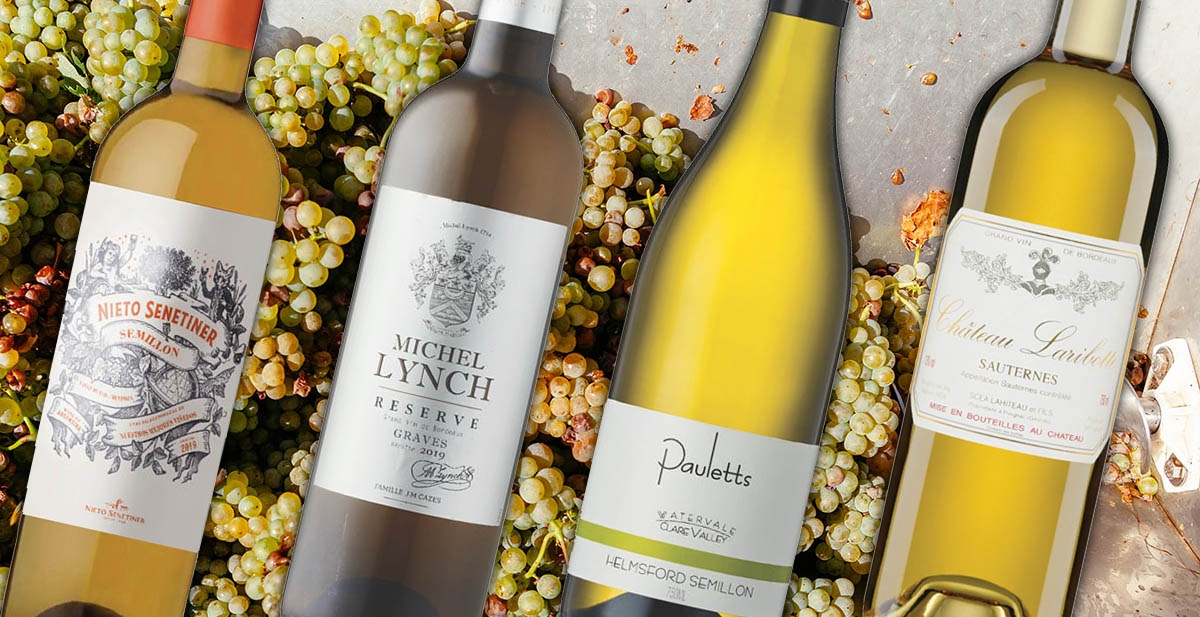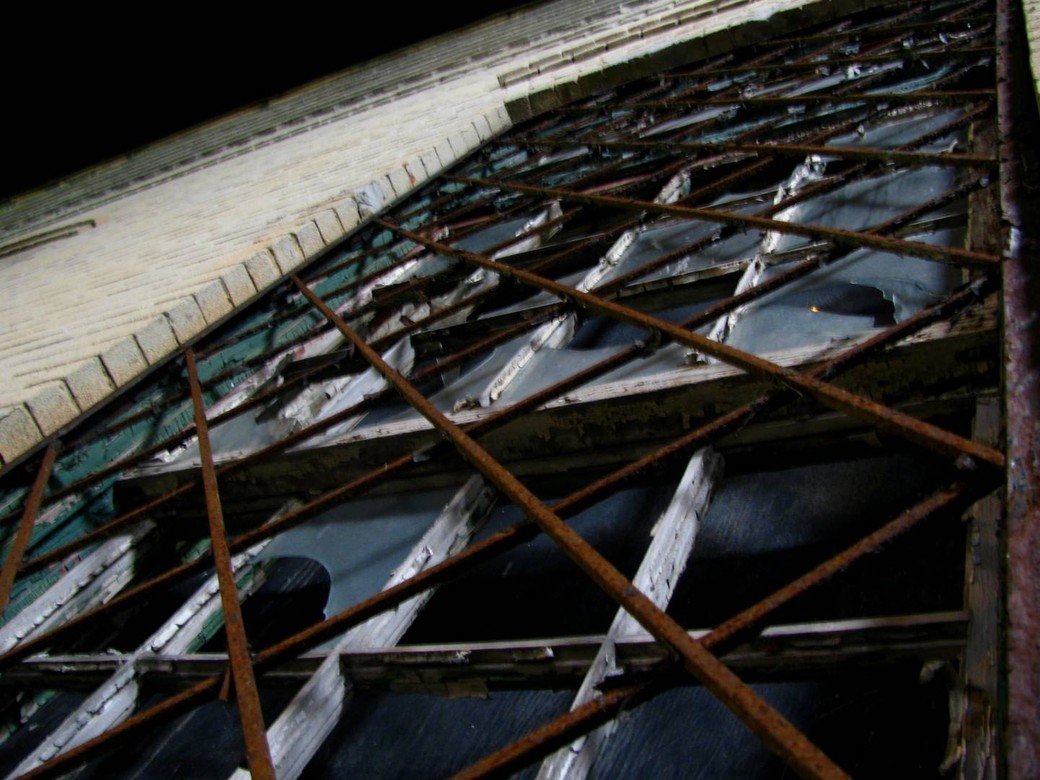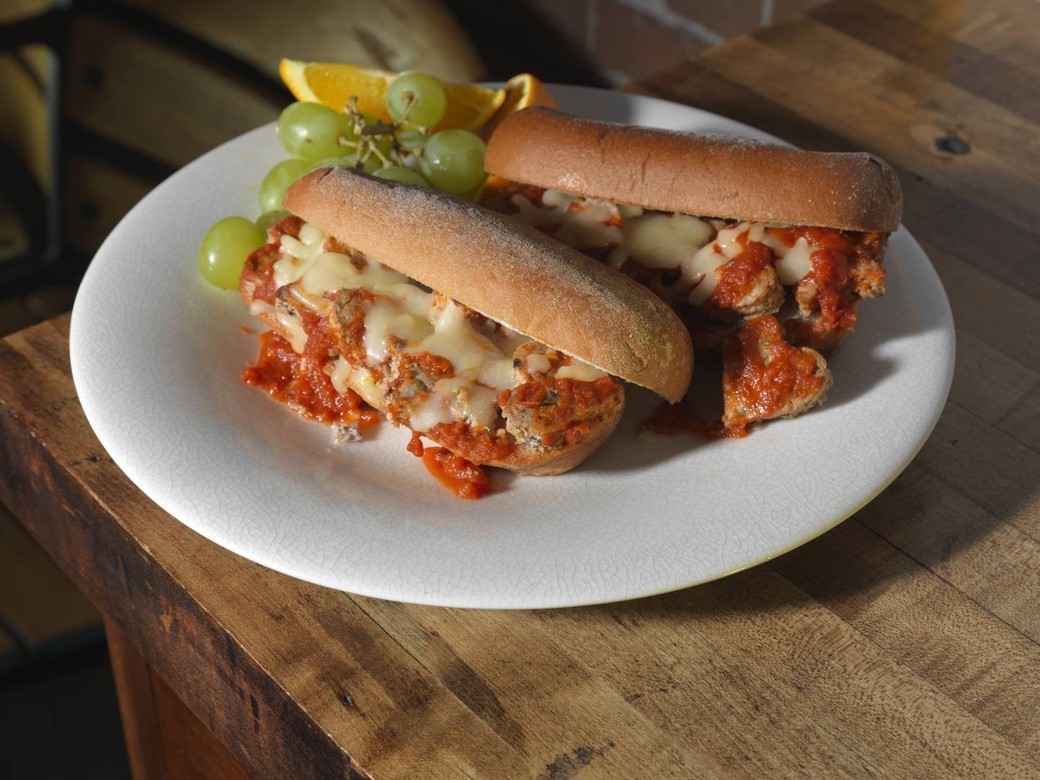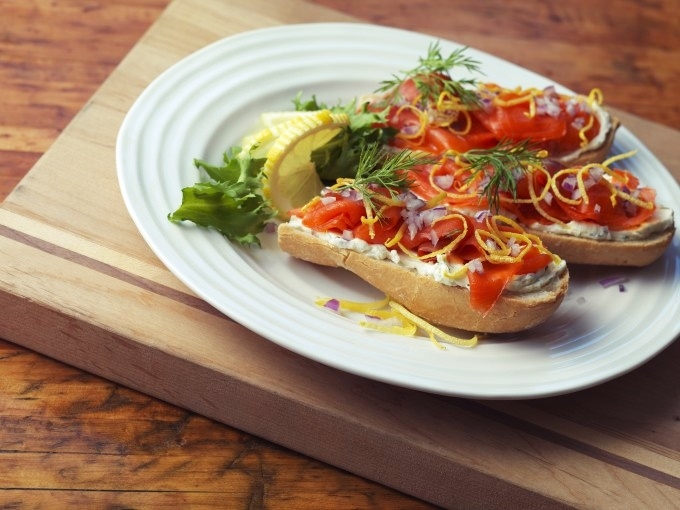
There is nothing simple bout’ semillon
If you’re drinking a good Semillon, you won’t need anything else in your glass to get you through the semi-charmed blasé of November. Admittedly one of the more lackluster months of the year, it could use just a little boost. So to that end, I advise shaking up November’s monotony with a new taste, and for most wine drinkers, Semillon would be exactly that.
Besides the less-than-recognizable name, what also makes Semillon intriguing is it’s shape-shifting taste. Case and point, Semillon in Bordeaux, is collaborative, blending well with Sauvignon Blanc, and taking on a citrusy, floral façade. Alternatively, in Hunter Valley, Australia, Semillon flies solo and improves with age – even after a 10-year cellar stint, Semillon remains fresh, but morphs into a rich, toasty, and savoury pour.
Where Semillon really tastes like a million bucks is when it’s exposed to the “noble rot” of the South West vineyards of France; also known as Botryitis Cinerea, a fungus that transforms healthy vineyard grapes into the raisins that comprise the iconic dessert wine called Sauternes.

Outside of these core regions. Argentina is also no stranger to the grape, as seen with the Nieto Senetiner Semillon 2019, $15.95 in Vintages. Coming from a 70 year-old Semillon vineyard in the northern Uco Valley, and after 10 months in barrel, this wine typifies the varietal with honeyed citrus and a textured mouth feel.

Fans of foodie whites like Pecorino and Albarino are behooved to give Paulett Wines Watervale Semillon, $22.95 in Vintages a whirl. This dynamic style of Aussie Semillon frisks the palate with lemongrass, passionfruit and lemon oil.

A more classic introduction to Semillon blends, requires a bottle of Bordeaux, enter the lovely Michel Lynch Réserve Graves 2019, $22.95 in Vintages. In the glass this wine dances between citrus and floral character with equal parts herbed lemon and white acacia notes. In the background there are hints of oak and viscosity thanks to a shorter stretch in the barrel.

And for the final course, pour a glass of Château Laribotte Sauternes 2018. This Semillon-dominant dessert wine shines with notes of pineapple upside-down cake and candied praline. Feel free to serve alongside vanilla cheesecake, Roquefort cheese, foie gras, or better yet, on its own. With a complex Semillon like that, you won’t need anything else.













